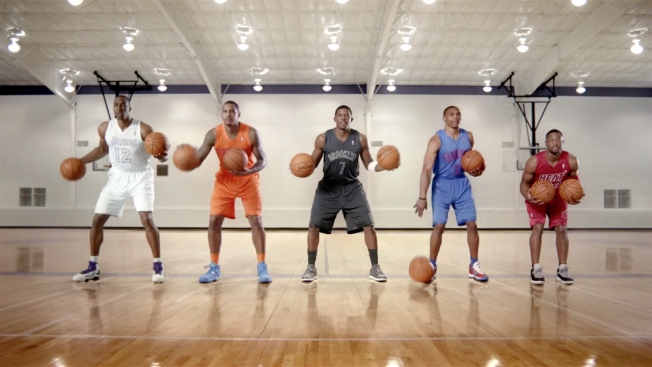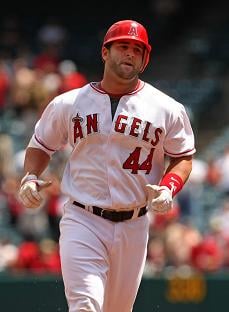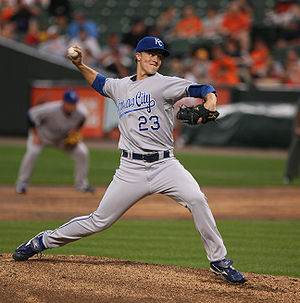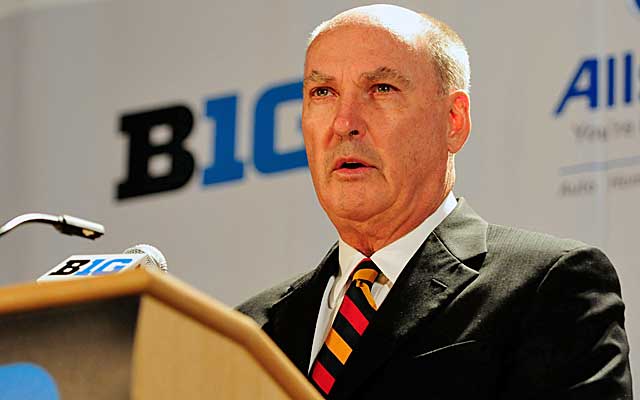It
is the first time in history that the same country (Brazil) will host the two largest
sporting events in the world back to back. After Brazil won the bid to host the
2014 FIFA World Cup, it was announced that all the host city’s stadiums will go
through a process of renovations, and it was announced that sustainability
would be a focus of the organizing committee. Sustainability is the long-term
maintenance of responsibility, which has environmental, economic, and social
dimensions, and encompasses the concept of the responsible management of
resource use.
The hot topic with hosting mega
sporting events around the world, such as the Olympic Games and the FIFA World
Cup, is the issue of legacy, which encompasses sustainability. In these cases legacy
can be defined as what did the tournament/mega event leave to the local area. Especially
with countries such as South Africa and Brazil hosting the World Cup, legacy rose
up to the top of the list in terms of importance of hosting such events. The
success of the event used to be determined by how smoothly it went by and how
many historic athletic achievements actually took place. However, now it became
more of a long term success or failure measurement. The reason this has changed
has a lot to do with the fact that many developing cities and countries have
won the bid to host these global events. Beijing hosted the 2008 Olympics,
while South Africa hosted the 2010 World Cup and Brazil is soon to be hosting
both the Olympics and the FIFA World Cup. For the actual population of these
cities such as Cape Town, Beijing, or Rio de Janeiro what really matters is the
positive changes that these events will bring to their hometowns. A good
example of the sustainable legacy issue envolving these cities is the fact that
South Africa now has many state of the art stadiums throughout the country, but
no one to make good use of them. These “white elephants” as they are called by
the specialists turn out to be a waste of money and energy, making the legacy
of such enjoyable events a negative one. It is interesting to see many
countries and cities around the world competing to be the host of events like
the Olympics and the FIFA World Cup while studies have shown that to this date
the only Olympic Games that in fact made a profit were the Los Angeles Summer
games of 1984. Whenever a city wins a bid it is celebrated and considered a
blessing, but many times it actually has been quite the opposite. Athens,
Greece was the host city for the 2004 Summer Olympics and many economists
throughout the world claim that Greece went bankrupt in large part because of
the Olympic Games. Athens spent a lot of money to make it a fantastic and
memorable event, but shortly after hosting the summer games, Greece began to
experience some intense economic issues that led to the recession Europe is
facing right now.
Brazil is facing a crucial time in
its existence, facing the challenge of hosting mega events in back to back
occasions, something that has never happened in history. Well aware of the
difficulties and challenges that hosting such events bring, Brazil has been
working on the legacy and sustainable side of the preparation. In regards to
the FIFA World Cup, two of the main concerns involving “white elephant”
stadiums are the cities of Manaus and Cuiabá. The city of Cuiabá is about to
have a brand new stadium, the “Arena Pantanal,” which will have full capacity
of 43 thousand people. After the FIFA World Cup ended (Cuiabá is only hosting 2
matches in the entire tournament) there is a strong concern as to when there
will be events that would bring out such an amount of people. The solution
found by the organizing committee for the city and its governing body was to
make 18 thousand seats behind both goals that can be removed after the World
Cup, reducing its capacity to 25 thousand people. It is the first time in FIFA
World Cup history that such an idea is implemented, and Eder Moraes, the
executive secretary of the Cuiabá organizing committee said “It’s a sustainable
and intelligent step for our city, I hope the larger markets see us as an
example” (Casado, 2011). The city of Manaus is the “capital of the Amazon,”
since it is located in the heart of the Amazonas state and is comprised in
large part of the Amazon forest. The new stadium that is being built there, the
“Arena da Amazonia” is a very interesting case study. Since the city of Manaus
lacks a lot of urban and business areas, the project at hand for this stadium
is to make it a 44 thousand seater but with movable luxury suites that can be
turned into indoors convention centers, meeting rooms, and can even hold small
scale art exhibits. The total amount budgeted for this stadium is of R$ 533,3
million reais, and the coordinator of the Manaus committee, Miguel Capobiango
stated that “If you count the number of times our city’s brand will be
mentioned throughout the world, the return on investment is already profitable”
(Casado, 2011).
The Olympic Games are a little
different to approach, especially since it is hosted by only one city and not
an entire country. Also, it encompasses many different sports and different
venues, not only soccer and soccer stadiums. Since it requires a more complex
planning, and some venues are tough to maintain after the games because of the
lack of popularity that some sports have in different places. The International
Olympic Committee, the IOC, created the ‘legacy-fund’ to help out with some of
the costs. “This ‘legacy-fund’ is an
important feature because the required event facilities, for example luge
tracks developed for Winter Olympic Games, are often not economically
sustainable and need ongoing operating subsidies” (Preuss, 2007). The IOC has
been more involved in this “modern” issue of legacy and sustainability than
FIFA has, but there are still many flaws that must be changed. “In 2000, the
IOC launched a project called the ‘Olympic Games Global Impact’ (OGGI). This
project was initiated in order to improve the evaluation of the overall impacts
of the Olympic Games on the host city, its environment and its citizens, as well
as to propose a consistent methodology to capture the Games effects. It covers a
period of 11 years, from the bidding stage to two years after the hosting of
the Olympics. The focus is put on the economic, social and environmental
sustainability of the Olympic Games measured by several indicators” (Preuss,
2007). However there is a big problem with this new venture the IOC is pursuing,
two year after the event is not nearly enough time to measure the impacts. A
proposed change should be to bump it up to at least 14 years total and 5 year
after the event has left. Rio de Janeiro is spending a lot of money to host the
Olympic Games and make it a memorable one, and the sustainability issue
involving the venues seems to be in good shape. However, the IOC is not aiding
very much with the “non-sport legacy” of the games, because more than half of
what is being invested into the games is infrastructure of the city, public
transportation, and airports.
In conclusion, legacy and
sustainability are the two main words surrounding the preparations and bidding
of a world class sporting mega event like the FIFA World Cup and the Olympics.
Taking previous developing countries and cities in consideration such as
Beijing, Cape Town, and Seoul, Brazil seems to be very well aware of the
challenges surrounding such events. The two cities that are the main concern for
the FIFA World Cup event in Brazil, Cuiabá and Manaus, seem to be in better
shape than many cities in the past have been. In regard to the Olympic Games in
Rio de Janeiro, The International Olympic Committee and the local committee
seem to be working closely to try and avoid legacy and sustainability issues,
using some of the previously implemented projects by the IOC. It is a very
challenging and exciting time in Brazil, and if everything functions properly
could be the country’s big break.

















